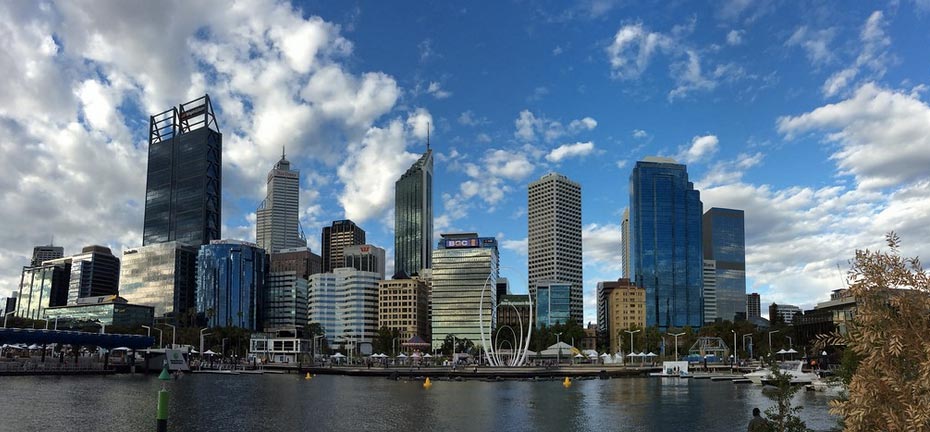
Claire Rowson has resigned from her position at the Perth Mint after nearly 8.5 years and, whilst sad to be leaving WA, is excited to be taking up a Sydney-based position with ICS, commencing in March.
Ian MacLeod returned recently from a week in Point Cook in Victoria, working on conserving the remains of a WWII Spitfire that had been recovered from a river estuary in France after more than 60 years underwater. He writes:
The fuselage had now reached a state of preservation that it can be taken out of the 25,000 litres of ammonium sulphate and ammonia solution, which was designed to draw out offending chloride ions as well as removing the unwanted metallic copper from the aluminium alloys. It was then time to move the wing sections from a large sea container full of tap water to the hangar where the bunded area ensured that solutions would be trapped should the vessels spring a leak. One of the deeply moving things on the flimsy metal was to see the inward and outward damage created by ‘flak’, which would have drained the fuel from the wing tanks forcing the landing, which was not onto grass but a river! One of the most beautiful decay patterns ever seen was on the steel armour at the back of the pilot’s seat. Bubble lines from hydrogen gas evolving as aluminium alloys corroded to galvanically protect this now defunct metal left a physical history of crumbling metals. The aluminium panel was sacrificed just as the life of the young Australian pilot had been in defending the Allies in the invasion of Normandy. The upside-down plane was recovered with the pilot inside and now he rests with compatriots in a war grave in France while we, at home, work on his plane. In this project it is a team effort from Emily Constantine and her staff at the RAAF Museum on RAAF Williams base where our initial pilots were trained for WWI operations.